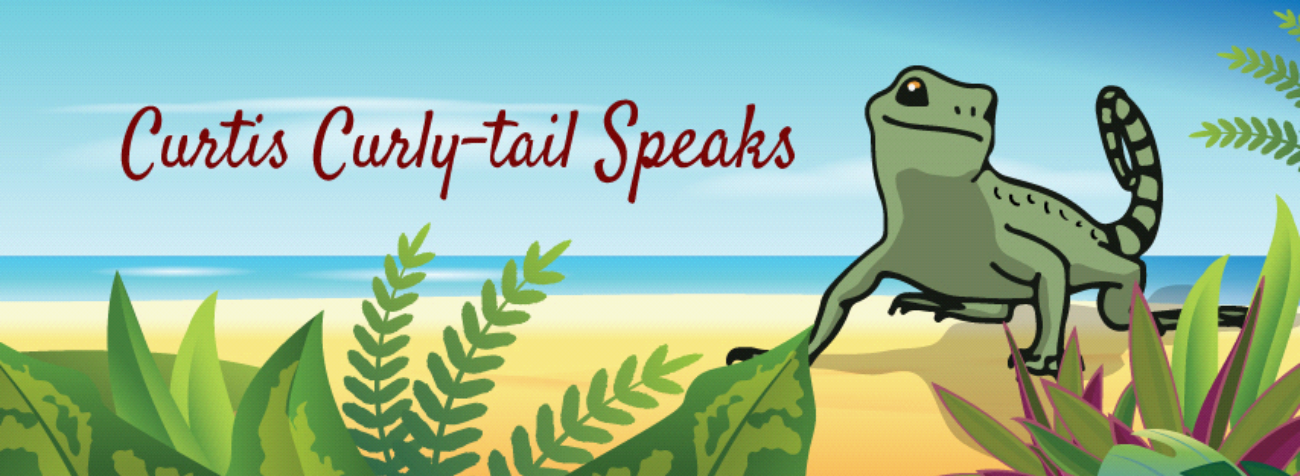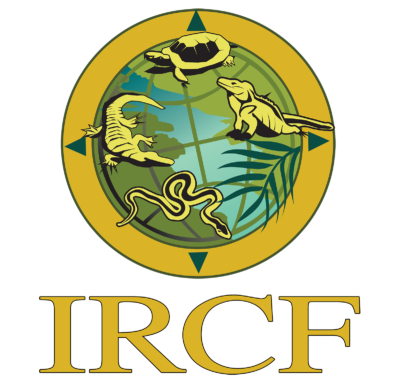There are Scientific Names and there are Common Names by Elaine A. Powers, Author
In this blog post, I’d like to chat about scientific names versus obvious common names and tell you about a new one I’ve just learned.
The scientific community has organized our plants and animals with Latin names. An easy one is the green iguana, Iguana iguana. Most living things also have common names. I find it easier to remember common names than scientific names, but sometimes people use different common names for the same thing.
For instance, the tree I know as the Gumbo Limbo in Florida is the Gammalamee in the Bahamas and the Red Birch in the Cayman Islands. I used these different terms in my book Grow Home, Little Seeds, which is a wonderfully illustrated story of a graduating bundle of mixed seeds at the Leon Levy Preserve. The story is about seed-friends who vow to stay together and form their own forest, but their natures lead them in different directions, for they each must find what they need to survive, to germinate and to put down roots. You’ll meet the Gumbo Limbo/Gammalamee/Red Birch tree and many others as these Bahamian natives each seek their own place to call home. The characters are named for their common names, but their scientific names are listed, with details about each tree, in a glossary in the back of the book. The illustrations are a joy. Both children and adults alike enjoy thtale of friendship and finding a place to call home.
My very first children’s book character is a commonly named Curly-tail lizard called Curtis. He is based on lizards found on the Caribbean islands, where I met him. And yes, they do curl their tails up and over their backs. Of course, they aren’t the only lizards who curl their tails, but they’re the ones that got that name first.
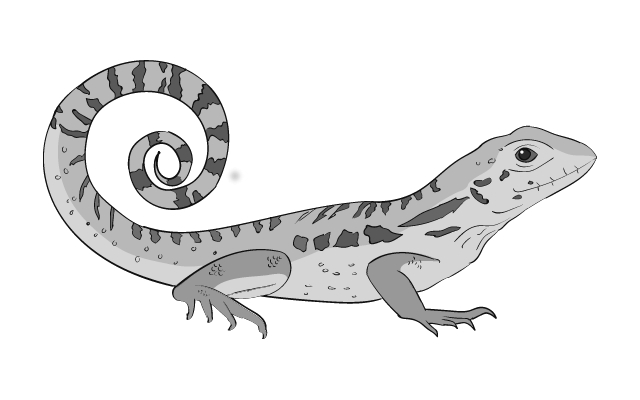 This is a good illustration of a Curly-tail lizard. And here is another, on the cover of my book, Curtis Curly-tail and the Ship of Sneakers.
This is a good illustration of a Curly-tail lizard. And here is another, on the cover of my book, Curtis Curly-tail and the Ship of Sneakers.
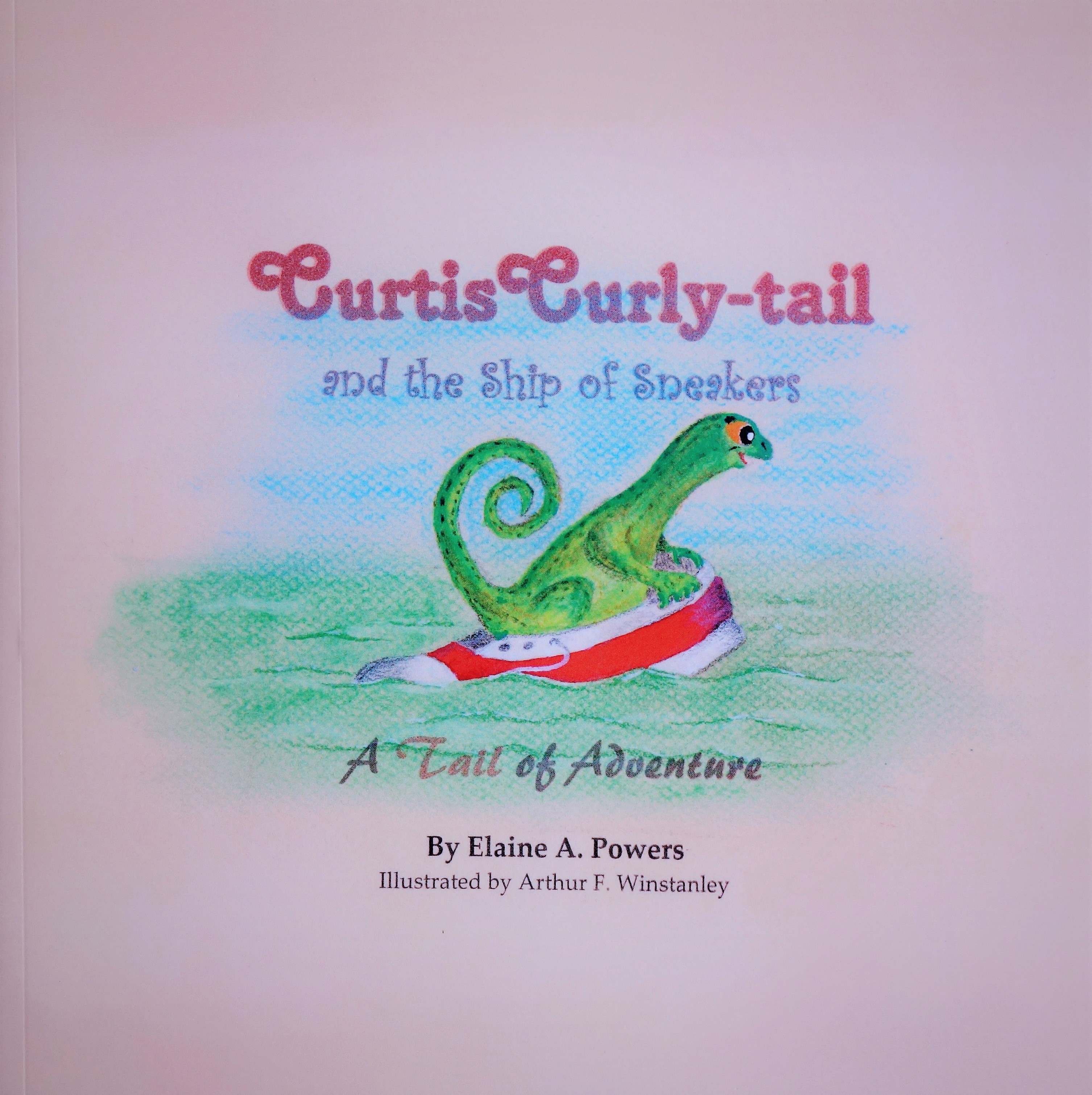
I just love the appropriate common names of plants and animals and I recently came across another. I was in the Corkscrew Swamp and saw this intriguing fruit. It was noon on a hot July day and I was rather hungry.
It was an apple! Was it my favorite apple, a yellow delicious, in the swamp?
No, it was on a plant called . . . you might be able to guess from my mention of descriptive common names . . . the Pond Apple (Annona glabra). This is a native tree and it has a second common name, the Alligator Apple, because alligators often eat the fruit. The leaves also add to the naming because they smell like green apples.
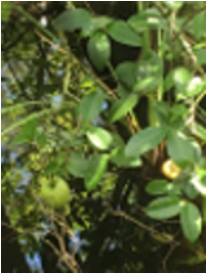
Amazingly, this tree cannot grow in dry soil, but thrives in both fresh and brackish water. The fruit disperses by floating, releasing its 100 or more 1-cm long seeds. The pulp is eaten by people as well; the flavor is similar not to apples, but to honeydew melons! However, the Pond Apple is not as popular with humans as its relative, Soursop.
I was delighted to learn the descriptive common names of this interesting plant. They’re obvious enough that I should be able to remember them. Because the tree was in a protected environment, I didn’t get to taste it. Maybe someday I’ll get to eat an appropriately named Pond Apple. I look forward to that day.
To learn about our latest science-based children’s books and workbooks, to read our latest blog posts about reptiles, birds, cats, and gardening, in a variety of locations, and about how the books come to be, what inspires an author to write, and many more interesting aspects of the publishing business, fill in the box below and we will add you to our email list.
Thank you!

